You will not doubt that, is the capital city of the Hashemite Kingdom of Jordan, and is snugly nestled between ancient history and modern progress. This municipality lies squarely in the central region of Jordan, on a series of undulating mountains known as “jabals”, and experiences a predominantly Mediterranean climate characterized by hot, arid summers alongside temperate and wet winters.
Its past harks as far back as the days considered an aeon ago. It was previously referred to as Rabbath-Ammon and was the capital of the Ammonite Kingdom, a privileged position that was lost to history over time. It was referred to as Philadelphia during Greek and Roman times and has been one of the cities that made up the Decapolis. When the Muslims entered the Middle East during the 7th century, the city was renamed Amman. A few centuries later, the town fell back into obscurity during the OTTOMAN time and was only brought to life again by Circassian immigrants towards the end of the 1800s. It was proclaimed the capital Emirate of Transjordan in 1921, and the town has been up-and-coming ever since.
Currently, Amman is the administrative, financial, and artistic nerve of Jordan. There are authorities’ establishments, companies of transnational scope, as well as pulsating urban areas. The tourist will have an opportunity to visit ancient landmarks, for example, the Citadel and the Roman theater, and fresh architectural masterworks such as the Rainbow Street and the Abdali area. Following contemporary aspects but observing the basic customs, Amman not only cherishes the representative culture of Jordan but also gives a view of its promising outlook.

| Tour Name | Duration | Price From | View Tour |
|---|---|---|---|
| 10 Days Egypt and Jordan Grand Tour Package 2025/2026 | 10 Days | $ 2945 | View Tour |
| 10 Days Pyramids Petra And Wadi Rum Tours 2025/2026 | 10 Days | $ 2607 | View Tour |
| 10-Days Tours To Jordan and Egypt: Great Pyramids, Petra, and More 2025/2026 | 10 Days | $ 2862 | View Tour |
| 12 Days Egypt and Jordan Vacation Itinerary from USA 2025/2026 | 12 Days | $ 5213 | View Tour |
| 14 Days Egypt and Jordan Holiday Itinerary from USA | 14 Days | $ 5985 | View Tour |
| 14 Days Egypt and Petra Trip Package 2025/2026 | 14 Days | $ 3927 | View Tour |
| 18 Days UAE, Jordan, Egypt, Morocco and Kenya Tour 2025/2026 | 18 Days | $ 8099 | View Tour |
Aman Capital of Jordan, you will not doubt, is the capital city of the Hashemite Kingdom of Jordan, and is snugly nestled between ancient history and modern progress. This municipality lies squarely in the central region of Jordan, on a series of undulating mountains known as “jabals”, and experiences a predominantly Mediterranean climate characterized by hot, arid summers alongside temperate and wet winters.
Its past harks as far back as the days considered an aeon ago. It was previously referred to as Rabbath-Ammon and was the capital of the Ammonite Kingdom, a privileged position that was lost to history over time. It was referred to as Philadelphia during Greek and Roman times and has been one of the cities that made up the Decapolis. When the Muslims entered the Middle East during the 7th century, the city was renamed Amman. A few centuries later, the town fell back into obscurity during the OTTOMAN time and was only brought to life again by Circassian immigrants towards the end of the 1800s. It was proclaimed the capital Emirate of Transjordan in 1921, and the town has been up-and-coming ever since.
Currently, Amman is the administrative, financial, and artistic nerve of Jordan. There are authorities’ establishments, companies of transnational scope, as well as pulsating urban areas. The tourist will have an opportunity to visit ancient landmarks, for example, the Citadel and the Roman theater, and fresh architectural masterworks such as the Rainbow Street and the Abdali area. Following contemporary aspects but observing the basic customs, Amman Capital of Jordan, not only cherishes the representative culture of Jordan but also gives a view of its promising outlook.
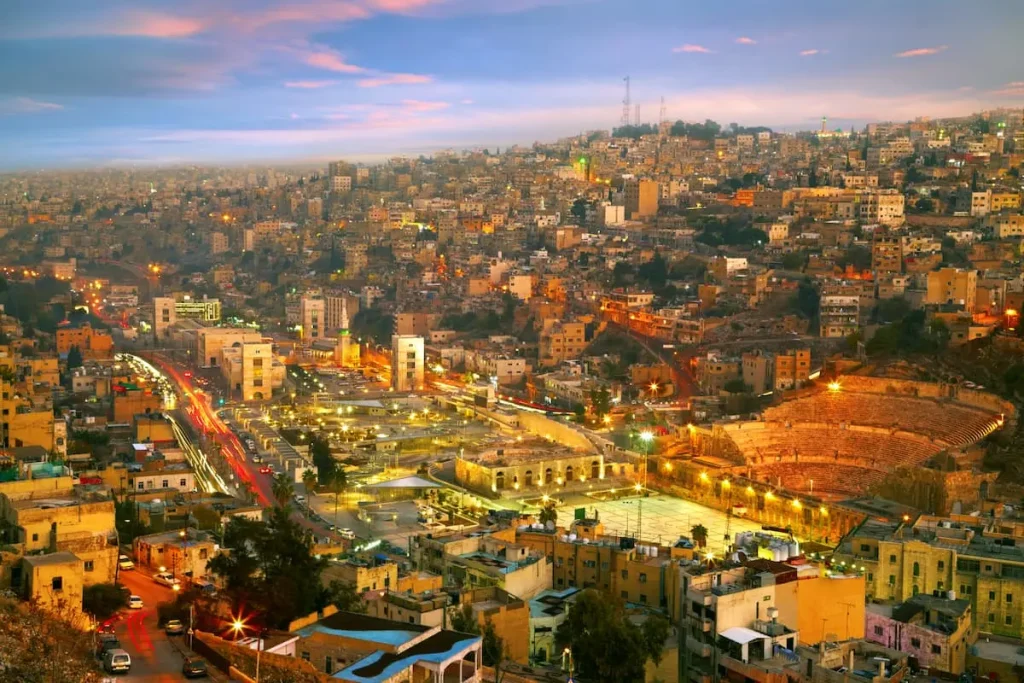
The capital of Jordan, Amman, is located in the central-northern part of the nation, which is an excellent comparative location that connects the north, south, east, and west regions of the country. The city is surrounded by plateaus and territory, popularly referred to as “jabals” in Arabic, and the central part of Aman is on such a plateau. It is this feature that defines the peculiar structure of Amman, with settlements and picturesque streets rising above and descending hills with steep slopes.
The altitude is 700–1100 meters above sea level, which implies that its temperature is relatively cool compared to other capital cities in the Middle East. The climate of Aman Capital of Jordan, is characterized as Mediterranean, having long, hot and dry summers with short, cool and wet winters. Concurrently, snow descends in winter as well, especially to the rocky peaks, contributing an unwonted beauty to the town’s view.
As far as the geographical point of view about Aman is concerned, the entire landscape has influenced the people’s way of building and living in this place. Valleys have houses with only lines as a result of the design of the fenestration of the limestone facades. While the solutions often imagined are high densities of homes, it is wise to expect the organization of isolated towers; the modern kind sitting at the verge of each summit. If you are on top of these hills, you will see some good scenic points across the surroundings, referred to as urban sprawl. Speaking of geographical location, the city’s centrality as Jordan’s leading city is of critical importance in history and the present day in terms of connecting various historical trade routes.
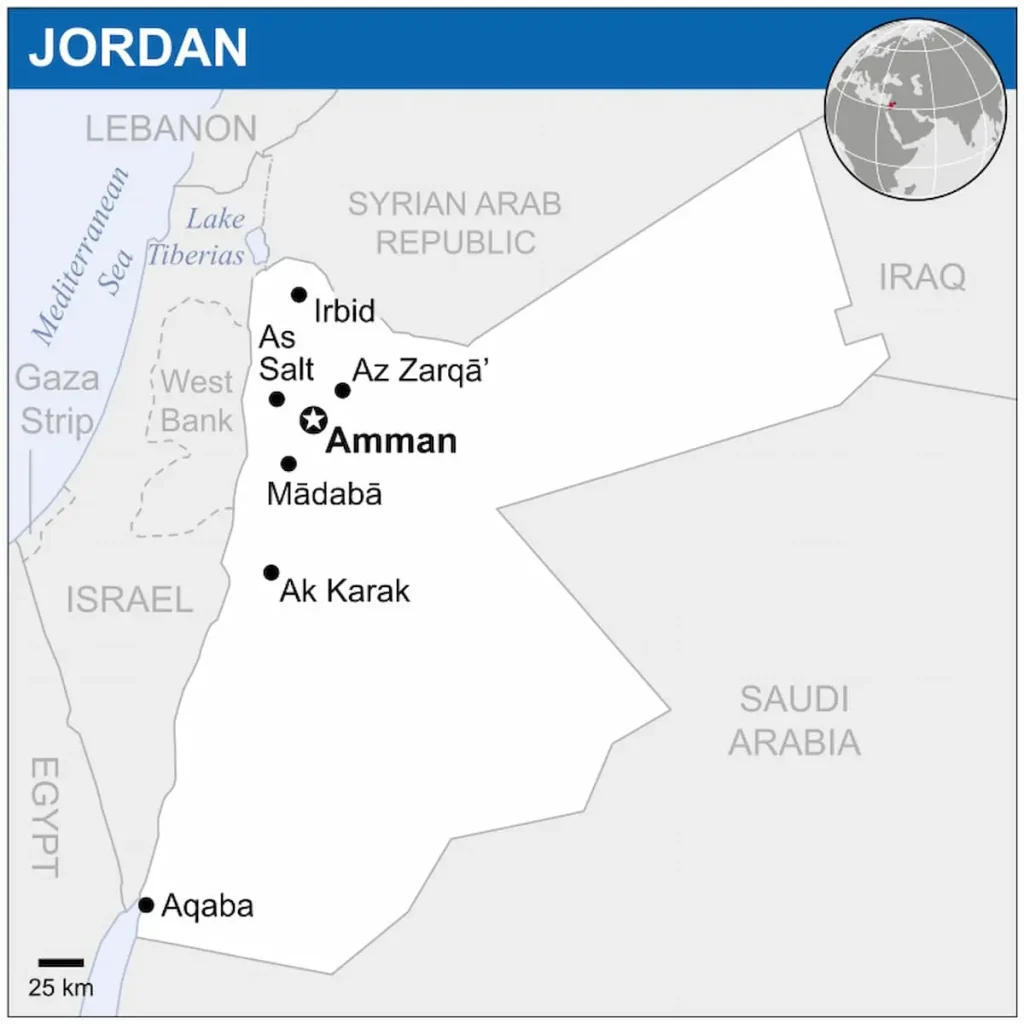
Amman’s history, particularly as the capital of Jordan, goes back for such a long period of time that the ancient city is known to be one of the oldest continuously inhabited areas of the world. In the ancient days, it was called Rabbath-Ammon, and it was the city of residence of the Ammonite nation, believed to be a Semitic group described in the biblical scripture. This early town thrived because of its advantageous position in the course of trade and transportation of caravans.
Nonetheless, during the Hellenistic and Roman period, Amman was established and renamed Philadelphia in honour of King Ptolemy II Philadelphus. Being a part of the Greco-Roman Decapolis, Philadelphia extended its borders as an important trade, cultural, and administrative center. Many of the tourist spots, such as the Roman Theatre and some of the temples, are still there, as they were preserved by the implementation of government transactions.
In the early 7th century, the city re-emerged under the name of Aman Capital of Jordan, in the wake of the Islamic revival of the Arab nation. The creation of the Abbasid regime expanded the city of Amman, but the centuries of intervention caused it to decline in importance. During the period of the Ottomans, Amman was a small, quiet city with a few households.
The second epoch of the city began in 1878 when the Circassian refugees moved into the area and helped breed a new life within the city. However, it was the bank of the Hashemites that took the prize for the construction of the Sacred Railway in 1904. In 1921, King Abdullah I chose Amman as the capital of the Emirate of Transjordan, which marked the commencement of its efforts in expansion and modernization.
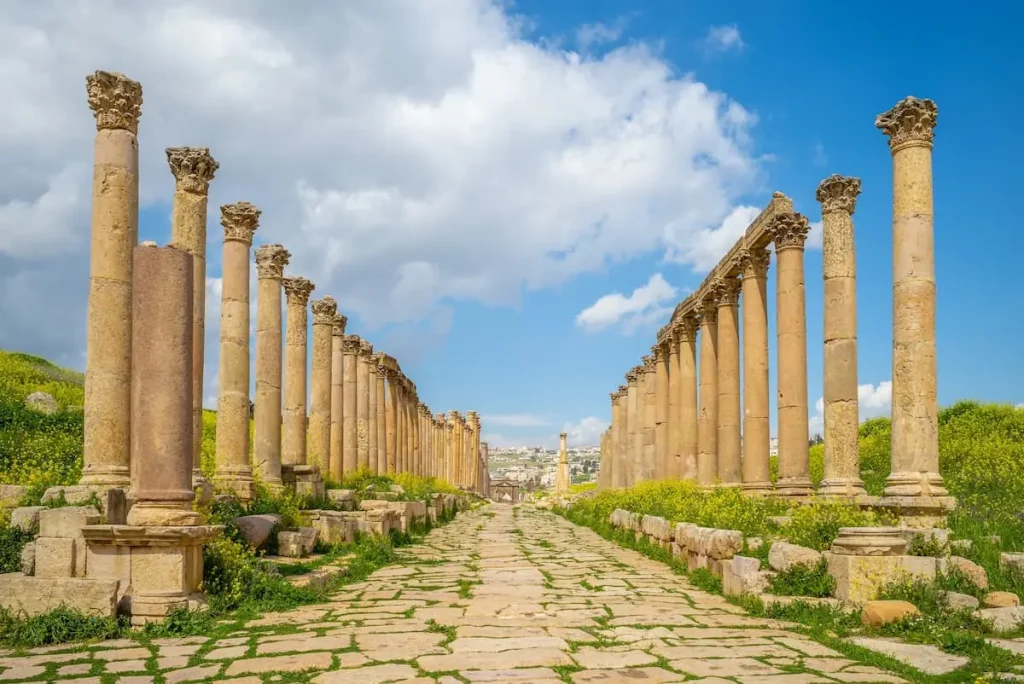
Amman, the capital of Jordan, is the country’s political and administrative center. It is where the king’s palace is located, with multiple other palaces situated in and around the region, signifying the cultural core of Jordan. Several other important institutions are situated in the city, including the parliament, the Prime Minister’s office, and some government departments responsible for Foreign Affairs, Defense, Education, and other Ministries. Hence, it becomes a venue for many politically charged engagements. Aman Capital of Jordan, is also the place where most of the crucial political decisions that affect the nation are decided on by the executive, with the most relevant examples being foreign affairs, security, etc.
On the local level, the city is governed by the Greater Amman Municipality in which is tasked with managing urban planning, public utilities services, as well as the active populace. In this way, governance sets out the framework for how Amman will operate as both a capital and a modern urban area.
Aman, the capital of Jordan, includes the Queen Alia International Airport in its amenities. It is situated about 30 kilometers away from the city. This airport is one of the biggest in the region and hosts millions of travelers on an annual basis. By maintaining such a service, Amman only strengthens its role of being a hub to Jordan’s international diplomacy, business, and tourism.
With that being said, Amman also has its metropolis geography. Its significance is as the locus of power of politics, especially among the ruling elite. It has plenty of international summits, superior visits and sub-regions meetings over a number of years, thus making Jordan a shaken-up but stabilized chapter of the Middle East. This makes Aman the capital of Jordan and further a Forum for Regional Interaction.
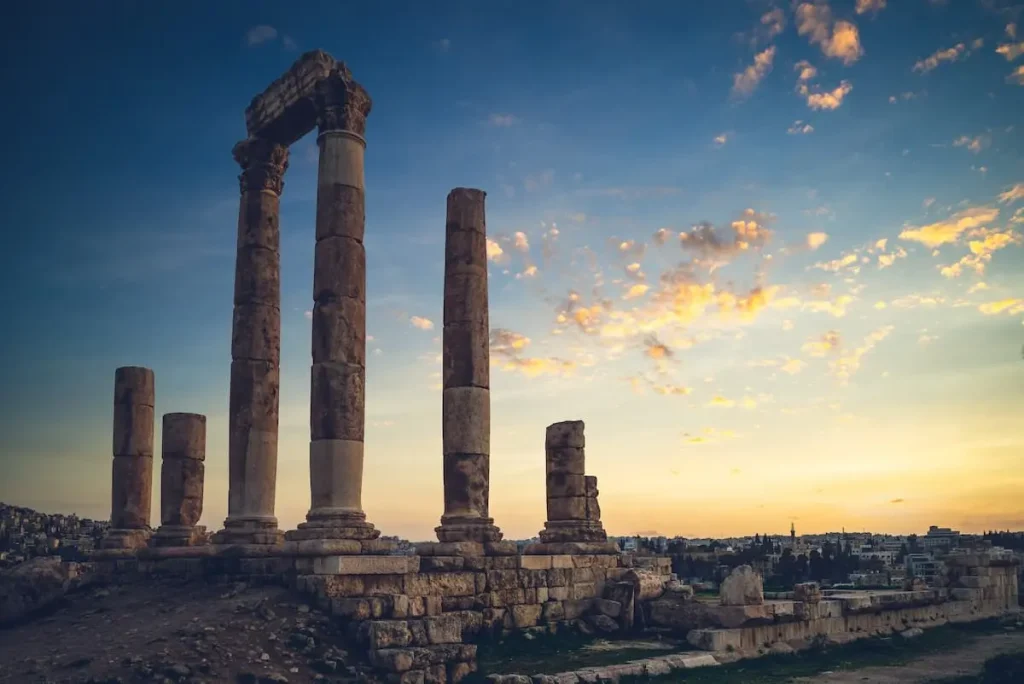
With close to four million people residing in the country, Amman, the capital of Jordan, is the largest city in the region. It is called the cultural city that has a large population of various communities like the locals, Palestinians as well as Circassians, and Armenians, with people from further geographical regions also residing. Almost busy and international, there is a lot of mingling; however, local practices and norms are highly respected.
From its financial services and government agencies to its businesses and transport channels, Amman has significantly boosted Jordan’s economic growth and stability. The city is the seat of the nation, with many of the country’s institutions located within its purview. Moreover, much of its economy is based on tourism, with Amman attracting many tourists and visitors from all walks of life to its antique sites, shopping centers, and rich heritage galore. In regional development, the city is a focal point, especially in the field of academics, providing space for innovations from young systems.
Amman’s reputation in medical tourism is one of the largest contributors to the region’s economies of scale. High-quality health care attracts thousands of patients each year from neighbouring countries in Ajman. This not only benefits the country but also serves as a large source of income. Along with sectors such as textiles, food, and construction, Ajman continues to be the focus of the country’s economic activities and the center, an important hub of regional trade.
The capital city of Jordan, Amman, dazzles the eyes with a harmonious encounter of tradition, modernity, and pious values. Its cultural and historical landmarks are recognized as the most outstanding aspects of the city. The Amman Citadel, atop a high pitch, demonstrates the leftovers of the Hammatan, Roman, Byzantine, and Umayyad architectures. Positioned within the close vicinity is the Roman Amphitheatre, a treat still visibly standing after some 17 centuries and remaining a present-day venue where guests can enjoy plays, musicals, and other on-stage entertainment, enhancing the links within the city’s glorious past.
Amman occupies a unique location, with situated and scattered patterns of lively markets, old mosques, and monuments that reflect the vast and even more varied history of the city from time to time.
Besides a lot of other things, Amman incorporates recognizable religious and modern landmarks. Included among these is the King Hussein Mosque, which is one of the largest in Jordan and is a physical representation of the Islamic culture. Moreover, Rainbow Street is emerging as a new social hotspot for night outs, eating out, and shopping, with the latter bringing about an entirely new lifestyle in the city. On the other hand, the Royal Automobile Museum with bulletproof provenances of various autos used by the late King Hussein’s regime, strikes the right balance between the automotive and the royal legacy.
At the same time, Amman’s inner city thrives in rich enclaves such as Jabal Amman and Jabal Al-Weibdeh, where art galleries, cafes, and cultural centers are numerous. Yet these places seem to capture the heart of the creative part of the city and the urge to be a part of the unique yet very characteristic contemporary experience of an Ammani: a balance of a traditional keeper and an embracer of the modern urban life.
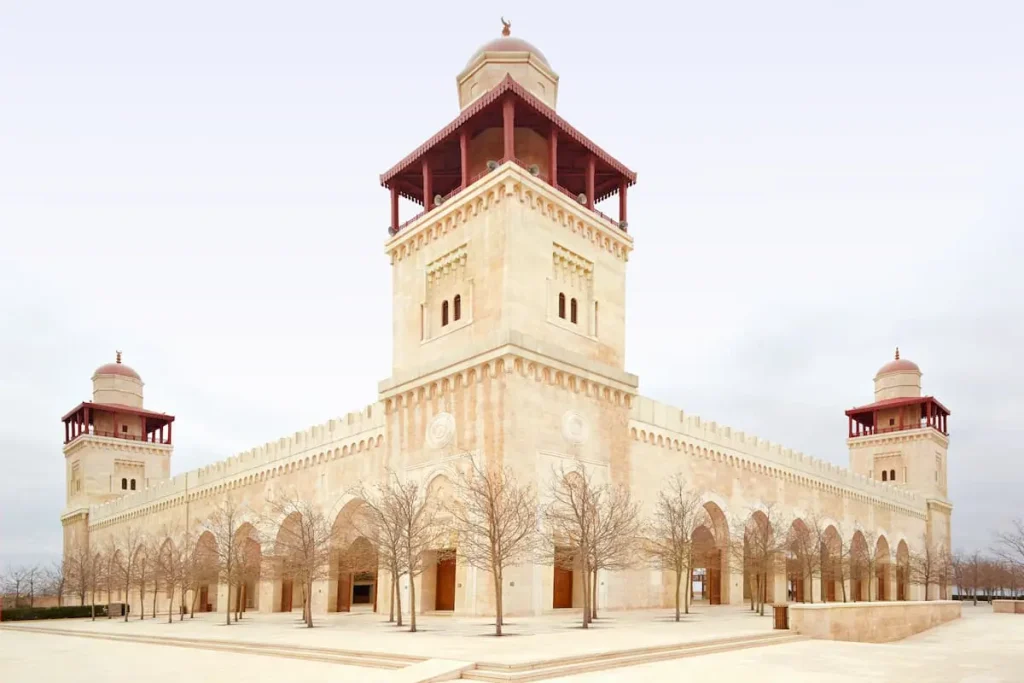
Amman is the heart of Jordan, and where the breath of the future is transforming the ancient country like the battle of the west and the east. From the list of interesting projects, the main highlight should be a mention of the New Abdali district, which is a project of a new downtown of the capital. This modern center offers skyscrapers, ultra-modern hotels, shopping malls, and business offices that make it quite an emblem of the country’s economic development. It is now a place where business is intertwined with entertainment and fashion, and draws travelers since the city has developed so well.
Amman, in its numerous infrastructure developments, still upholds its ethos and culture. The old bazaars and shops on the streets are still very much in use in the purchase of spices, cloth, and ornaments, giving insights into the city’s roots. On the other hand, the newly established malls and other business corners are in the here and now of capitalism by offering markets for modern shopping, as expected in that prim and proper city.
Amman is no different in fostering the agenda of smart cities and many urban development projects that are enhancing the infrastructure, transport, and sustainability. The city is improving its services and spatial services as well as enhancing the availability of the areas reserved for so-called green territories and useful recreation by improving connectivity for its ever-expanding citizens.
The mixture of existing and futuristic nature of Amman has earned the city its status as the greatest capital in the region among the others.
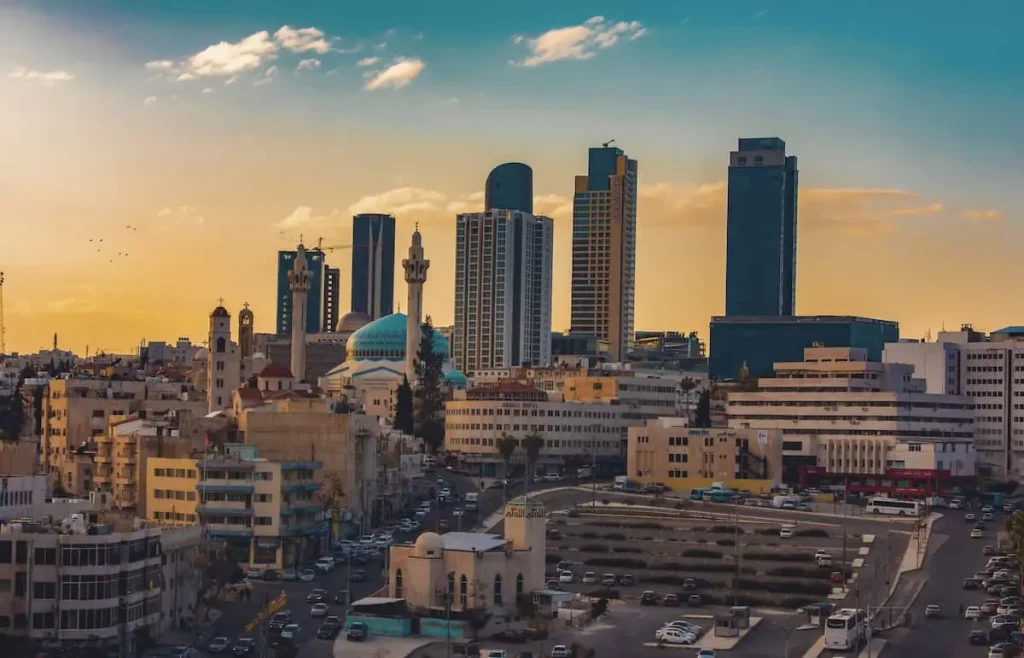
🏙 Largest City in Jordan – Amman has a population of about 4 million, making it the country’s biggest urban center.
🏛 One of the Oldest Cities – Amman has been inhabited since the Neolithic period and is among the world’s oldest continuously settled cities.
📜 Different Names in History – Known as Rabbath-Ammon in ancient times, later renamed Philadelphia under the Greeks and Romans, and restored to Amman in the Islamic era.
⛰ Built on Hills – The city is famously spread across seven hills originally, but today it extends over more than 20 jabals (hills).
🕌 Religious Diversity – Amman is home to historic mosques, modern Islamic architecture, as well as churches reflecting its diverse communities.
🏟 Roman Theatre Landmark – The 2nd-century Roman Theatre, which seats 6,000 people, remains one of the city’s most iconic attractions.
🏰 Seat of Power – Amman houses the royal palaces, Parliament, ministries, and foreign embassies, making it Jordan’s political heart.
🛍 Blend of Old and New – Traditional souks and Downtown markets coexist with modern malls like Abdali Boulevard.
💉 Medical Tourism Hub – Amman is a leading destination for medical care, attracting thousands of patients from neighboring countries.
🌍 Gateway to Jordan – With Queen Alia International Airport nearby, Amman serves as the starting point for trips to Petra, the Dead Sea, and Wadi Rum.